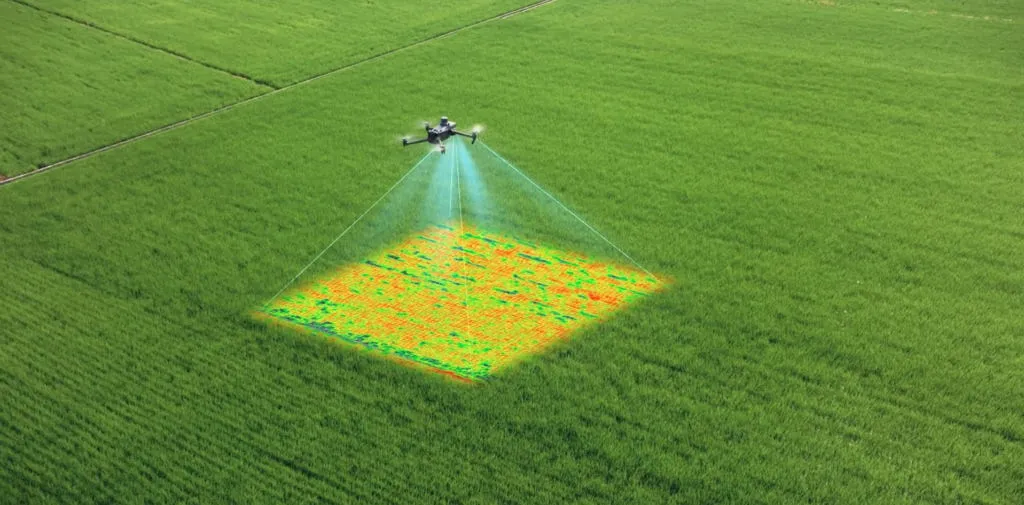In the rapidly evolving world of commercial satellite imaging, a new frontier of privacy concerns is emerging, one that could significantly impact industries like energy, agriculture, and disaster management. A recent perspective paper published in the IEEE Access journal, authored by Nathanael Denis from King Abdullah University of Science and Technology in Saudi Arabia, delves into these pressing issues, offering a comprehensive analysis and potential solutions.
The proliferation of commercial satellites equipped with high-resolution imaging technologies has revolutionized various sectors. From monitoring natural disasters to enhancing precision agriculture, these advancements have brought about tremendous benefits. However, as Nathanael Denis points out, “With the increasing accessibility and diversity of data-capture technologies, new privacy risks are introduced that we must address proactively.”
The paper employs the LINDDUN privacy framework to categorize these threats, which include linking, identification, and data disclosure. For instance, the ability to link satellite images to specific individuals or entities can lead to unauthorized surveillance, while high-resolution imagery can disclose sensitive information about infrastructure, operations, and even personal activities.
One of the emerging trends highlighted in the paper is the direct-to-consumer sale of satellite images. While this democratizes access to valuable data, it also raises concerns about how this information might be used or misused. “The energy sector, for example, relies heavily on satellite imagery for monitoring infrastructure and operations,” Denis explains. “However, the same data can be exploited to identify critical assets, potentially compromising security.”
To mitigate these risks, the paper suggests several strategies. Inpainting, a technique that involves editing images to obscure sensitive information, is one such method. Access control mechanisms, which restrict who can view or use certain data, are also recommended. “These solutions are not one-size-fits-all,” Denis cautions. “They need to be tailored to the specific needs and risks of each industry and application.”
Looking ahead, the paper identifies several research directions to address these evolving challenges. These include developing more sophisticated privacy-preserving techniques, enhancing data encryption methods, and creating robust policy frameworks to govern the use of satellite imagery.
The implications of this research are far-reaching, particularly for the energy sector. As satellite technologies continue to advance, so too must the strategies to protect privacy and security. By staying ahead of these challenges, industries can continue to leverage the benefits of satellite imaging while minimizing the risks.
As Denis concludes, “This work positions itself as a reference for researchers, policymakers, and industry stakeholders, providing a roadmap for navigating the complex privacy landscape of satellite imaging.” With the insights and solutions offered in this paper, the path forward becomes clearer, ensuring that the benefits of these technologies can be realized without compromising privacy and security.

